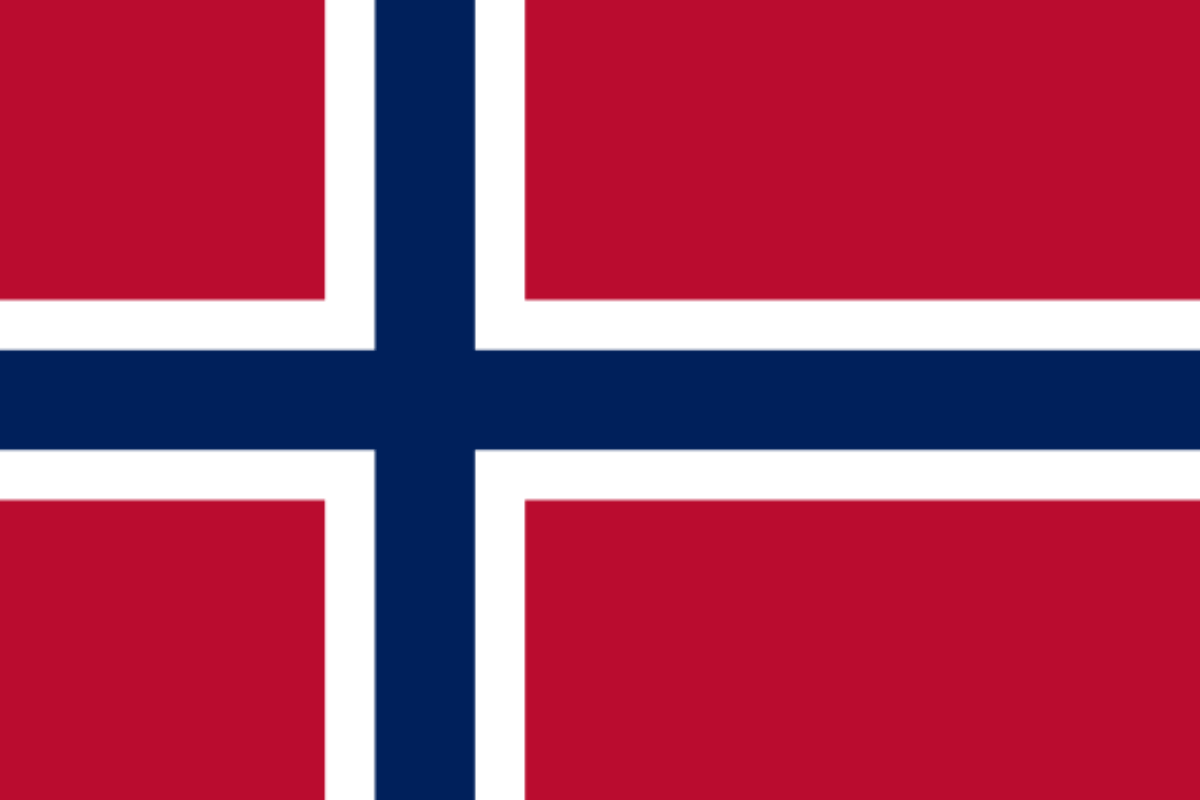The national animal of Norway is the moose. The moose is undoubtedly among the most striking members of Norway’s wildlife. They are huge, graceful and haunting beasts which perfectly embody the rugged, wild landscapes of Norway. They are important national symbols in a great variety of ways and play a big role in national myth.
The moose is an unsurprising choice as the national animal of Norway.
They are huge, powerful, and rugged creatures, just like the actual landscape of Norway.
Norway is rocky, mountainous, and wild, filled with vast mountain ranges and endless alpine forests, which is the perfect habitat for the great moose.
Let’s find out more.

What is the national animal of Norway?
The national animal of Norway is the moose, also known as the elk in British English.
In North America, though, the term “elk” means an entirely different species of deer.
The moose is the only species of its genus, Alces, and is the largest and heaviest extant species of deer.
They are most commonly recognized by their large, distinctive, broad antlers, which are called “palmate” antlers.
This means they are open-hand shaped, unlike the more twig-like morphology of most other deer antlers.
The bull moose are the ones who have the antlers though females in some rare cases may have small antlers.
These antlers are usually at their greatest size when the male is around 5 to 12 years old, and after that they will start to decline in size and symmetry.
The widest spread recorded of a moose antlers was 83 inches across.
On average, moose stand between 4 ft 7 and 6 ft 11 inches tall at the shoulder.
This gives them more than a foot height difference over the next largest extant species of deer.
Bulls can weigh anywhere from 830 to 1,500 pounds.
Females are considerably smaller on average, generally closer to around 400 pounds though sometimes as heavy as 1,000 pounds.
Naturally, because the moose has such a large range, the size of individuals depends greatly on the population in question.
The largest ever recorded was a bull which was shot at the Yukon River in 1897 and weighed an enormous 1,800 pounds.
They are a common sight in Norway in the wild and are very much at home in the country’s variable climate; they are well adapted to the cold of the winter and are able thrive during the warmer months, too.
Why is the moose the national animal of Norway?
The moose is the national animal of Norway for a variety of reasons.
On the one hand, they are seen as representative of many of the country’s national values, such as strength, power, courage, boldness and yet at the same time a certain quiet grace.
They are elegant creatures in appearance and though they are extremely large and can be very dangerous and aggressive, at the same time they do prefer to keep to themselves.
In this way, they embody both strength and dignity, powerful as they are yet equally proud.
On the other hand, there are perhaps fewer animals that more literally embody the natural beauty of the Norwegian landscape.
Norway is among the most beautiful countries on Earth, by some standards, with its endless forests, dramatic mountain landscapes, and monstrous fjords.
The moose is the perfect embodiment of this, embodying the harsh, rugged mountains and the imposing forests landscapes all at the same time.
Ultimately, though, the moose even just in Norway can mean a great many different things to different people.
You may, then, get very different answers to the question depending on whom you ask.
They are powerful natural symbols regardless of any specific association or official reason for their symbolism.
Where do moose live?
They inhabit boreal forests, mixed forest, and broadleaf forests in the northern hemisphere and have a very wide range.
They are found from Alaska and much of Russia through to Norway in the far west, anywhere in the Northern hemisphere from temperate to subarctic climates.
Because they are so widely distributed, different populations have become better adapted to different conditions.
Hunting and other aspects of human activity have caused a considerable reduction in their natural range, and they were once found over a much greater area.
Today, nonetheless, they are not endangered and are still found over a great area.
What do moose eat?
Moose are browsing herbivore, and they are able to eat a great variety of plant matter.
Average adult moose need to eat around 23,000 calories per day to maintain their weight, and most of their diet comes from rerrestial vegetation like forbs and other non-grasses, as well as shoots from trees like willows and birch.
They get a lot of their sodium needs from aquatic plants like lilies and pond weeds.
This is why they are often drawn to salt-licks during the winter when such plants are not available.
Where they can get it, they will eat various kinds of wild fruits, too.
So, again, it’s often a great surprise for people to see a moose in context and realize just how large they are. But their size alone is not what gives them their symbolic power.
They are graceful, quiet creatures when they are left alone—even by their own species, that is.
In this way, they embody all aspects of Norwegian natural values, from the literal beauty of its landscapes to the more abstract principles of the country.

